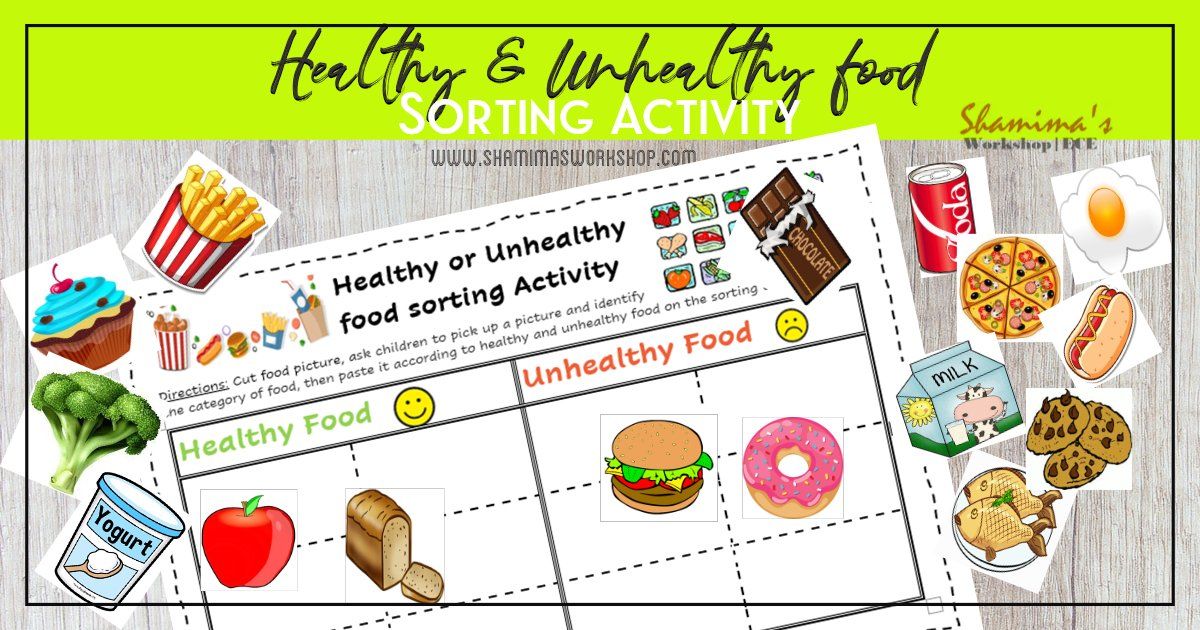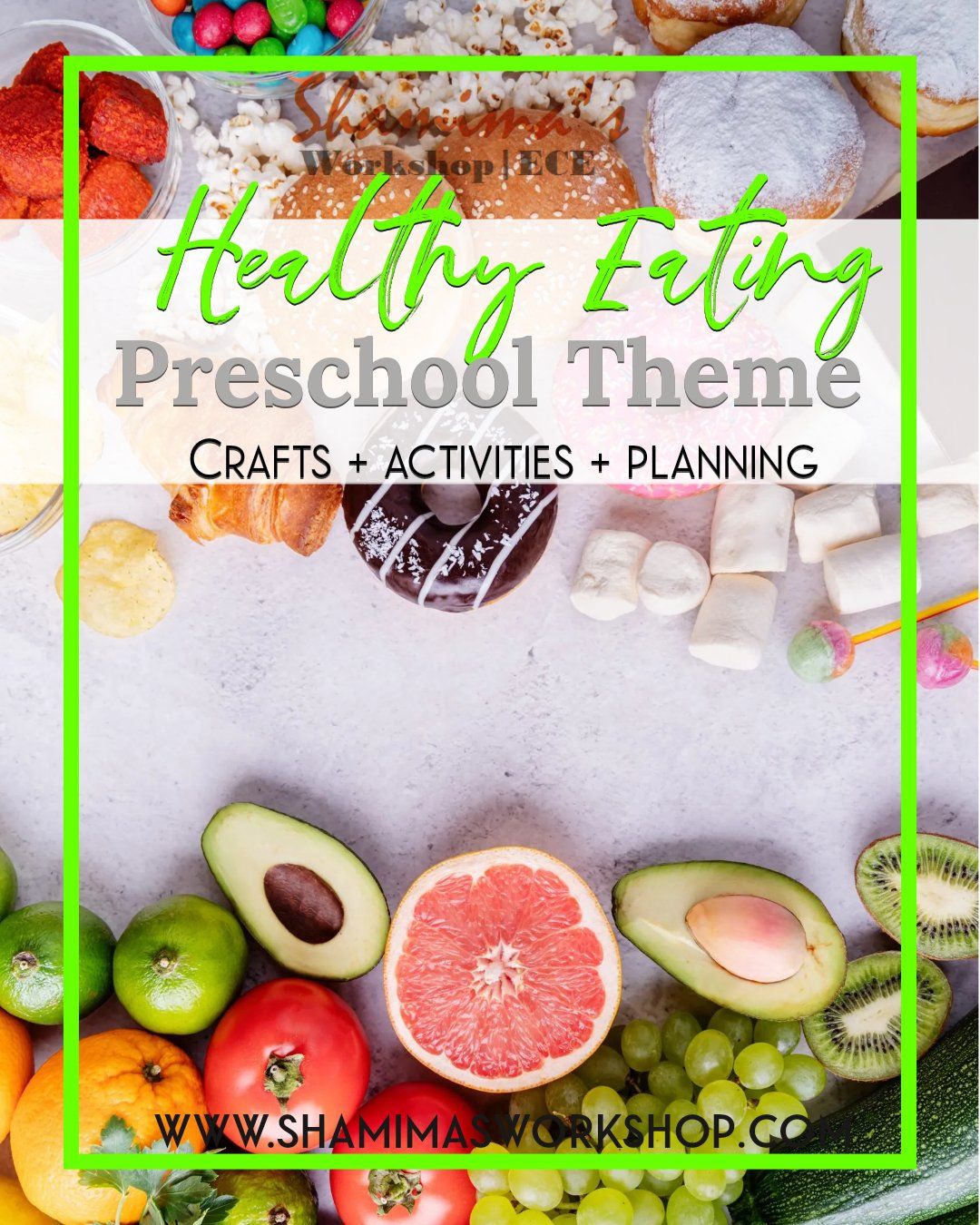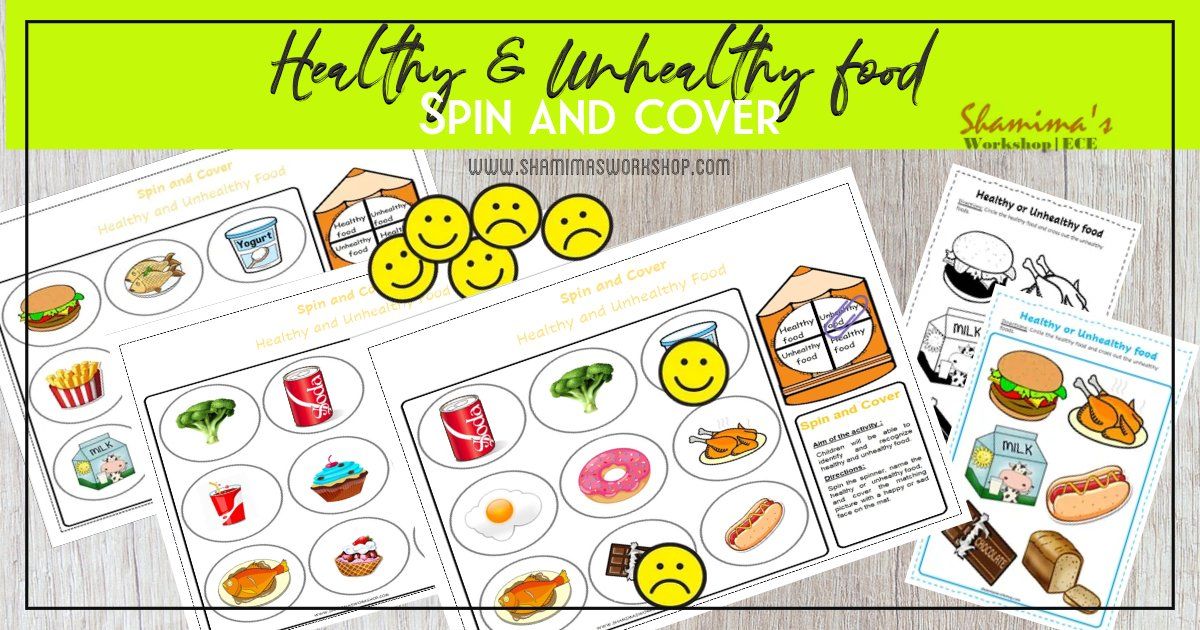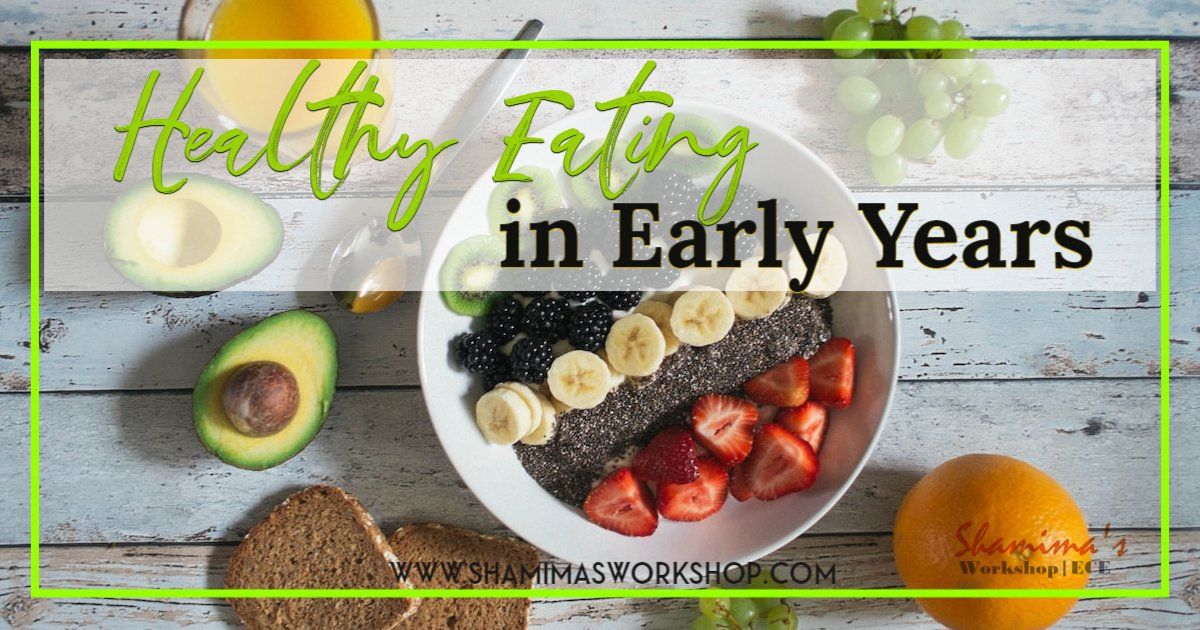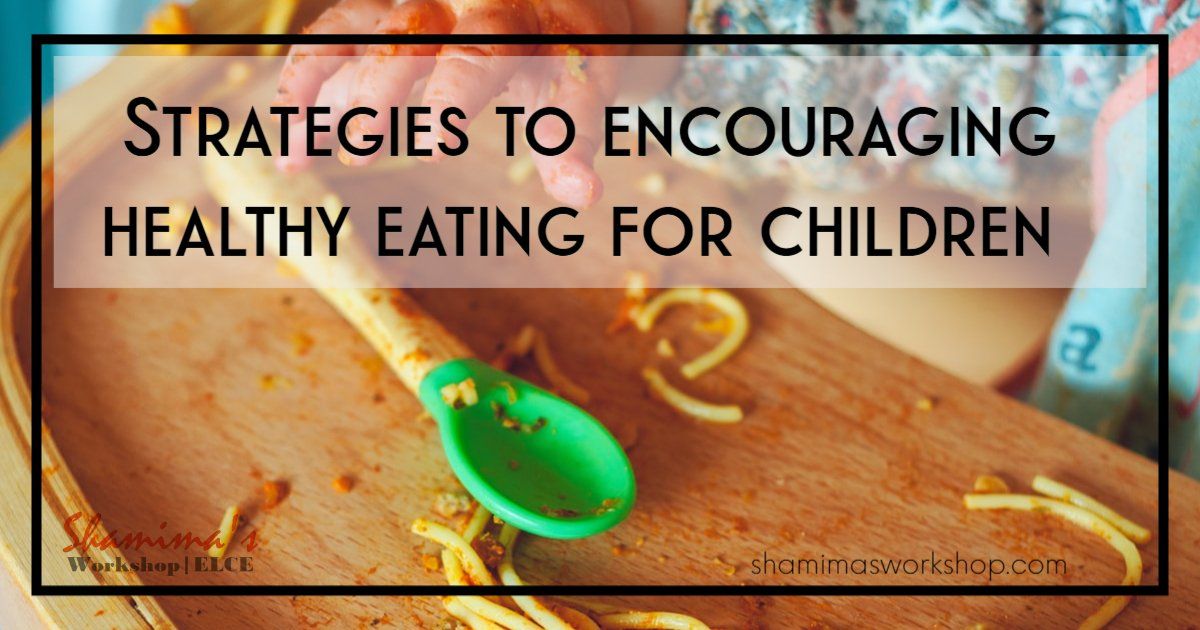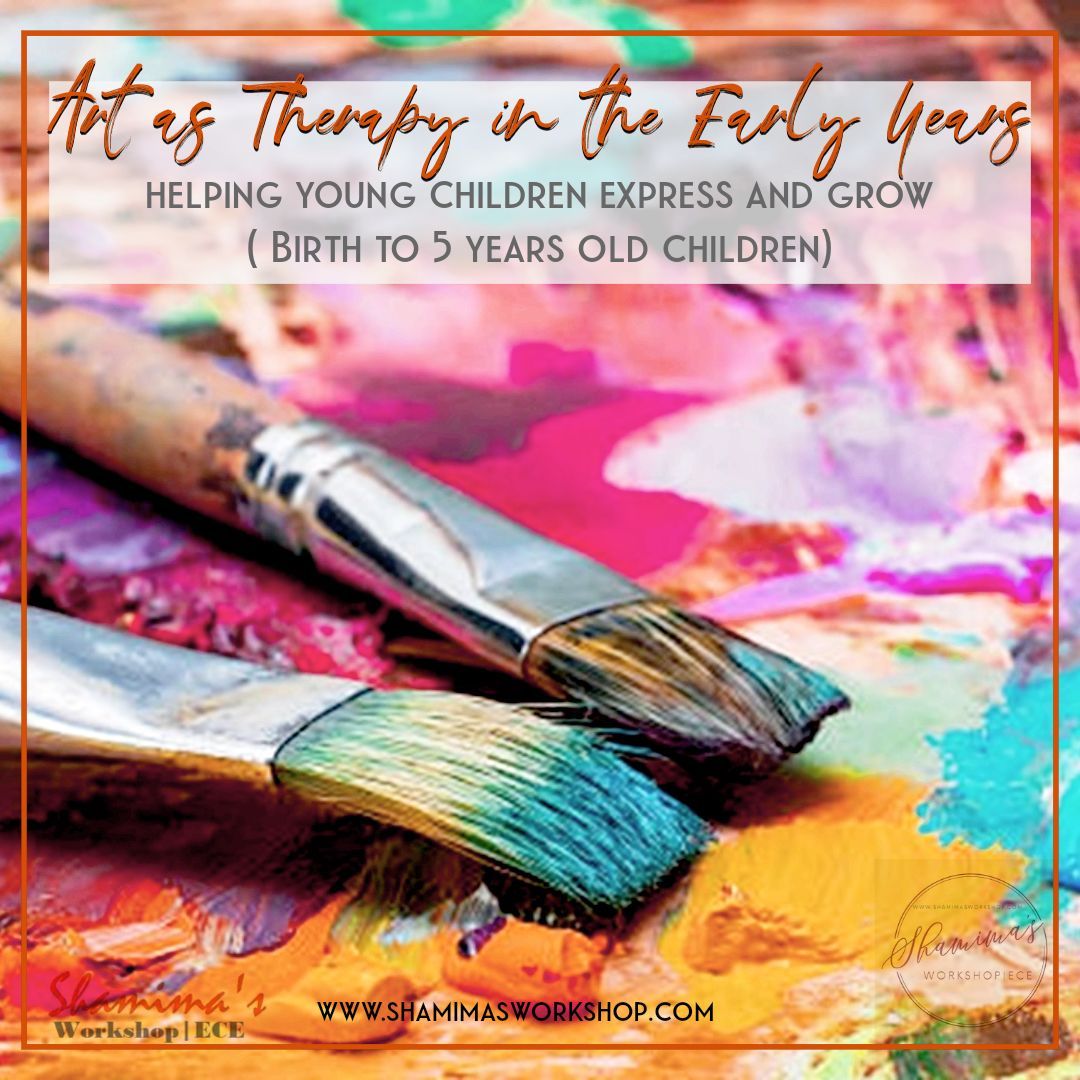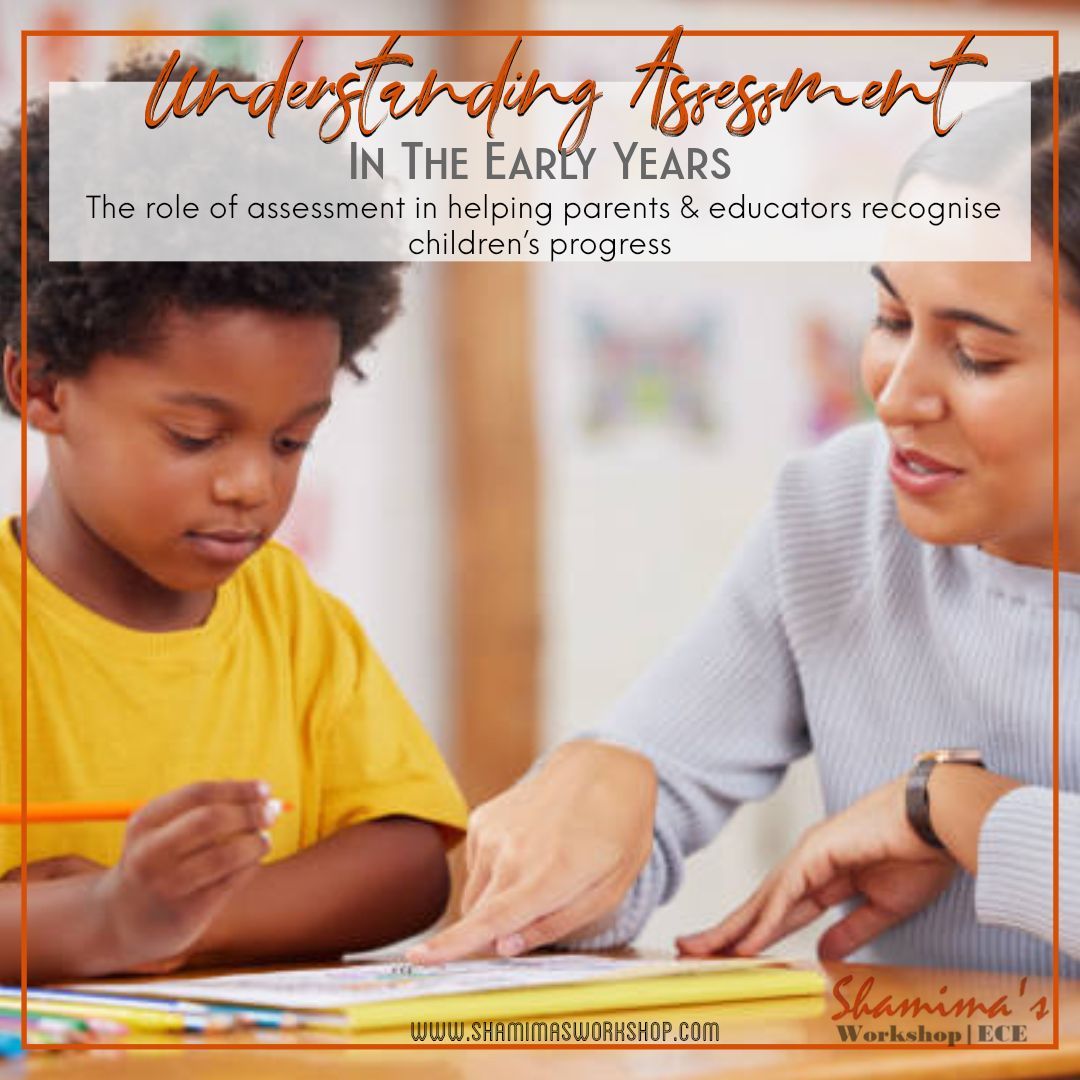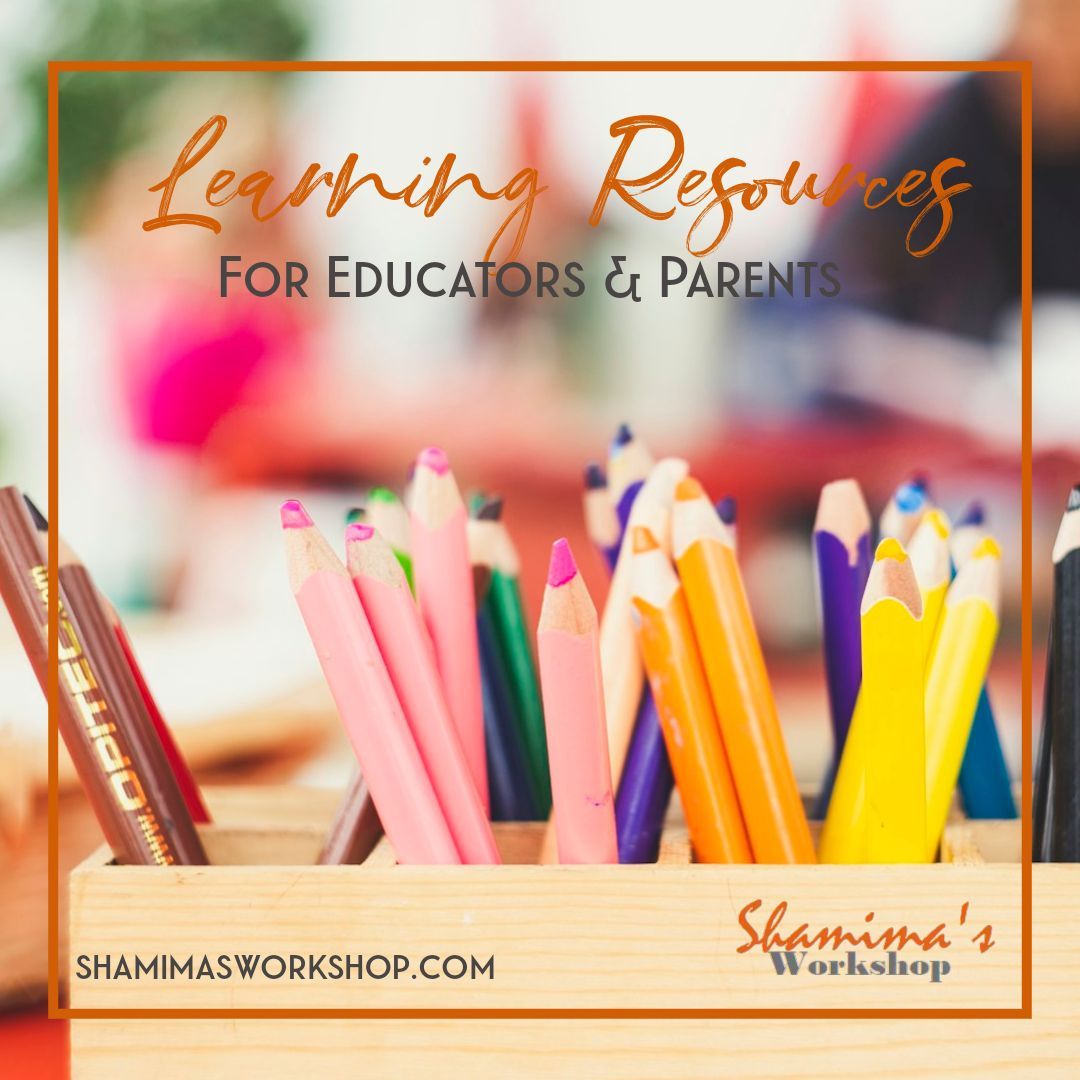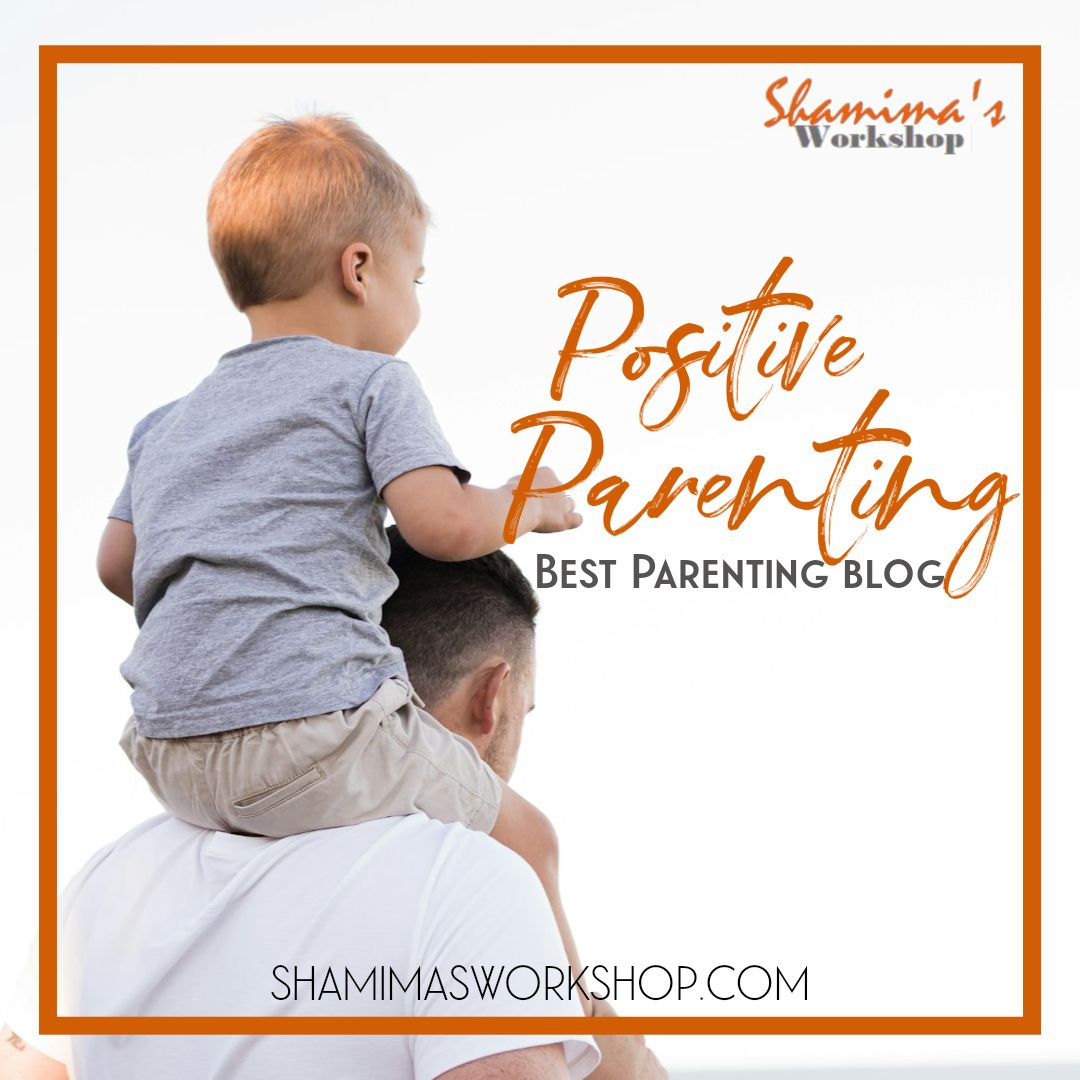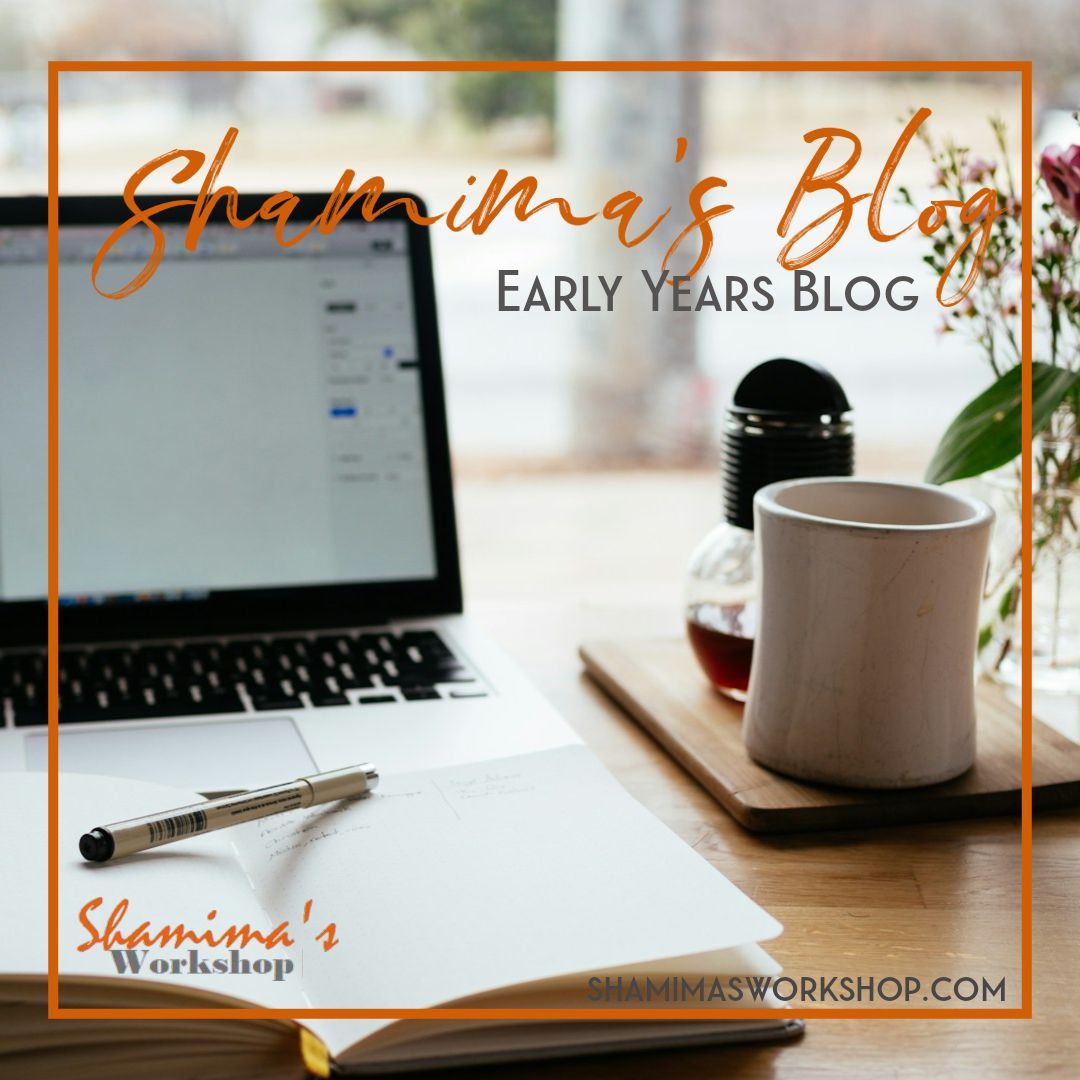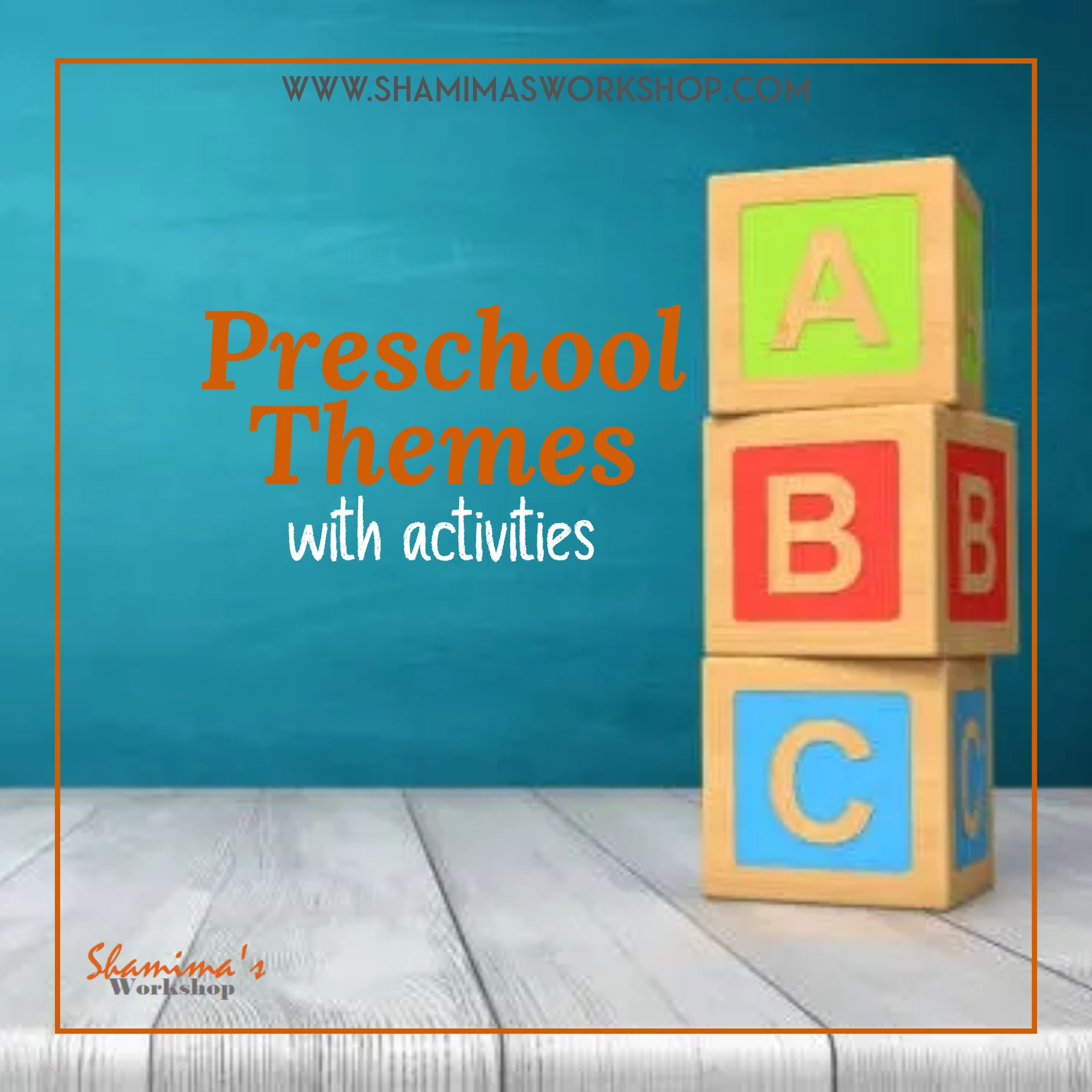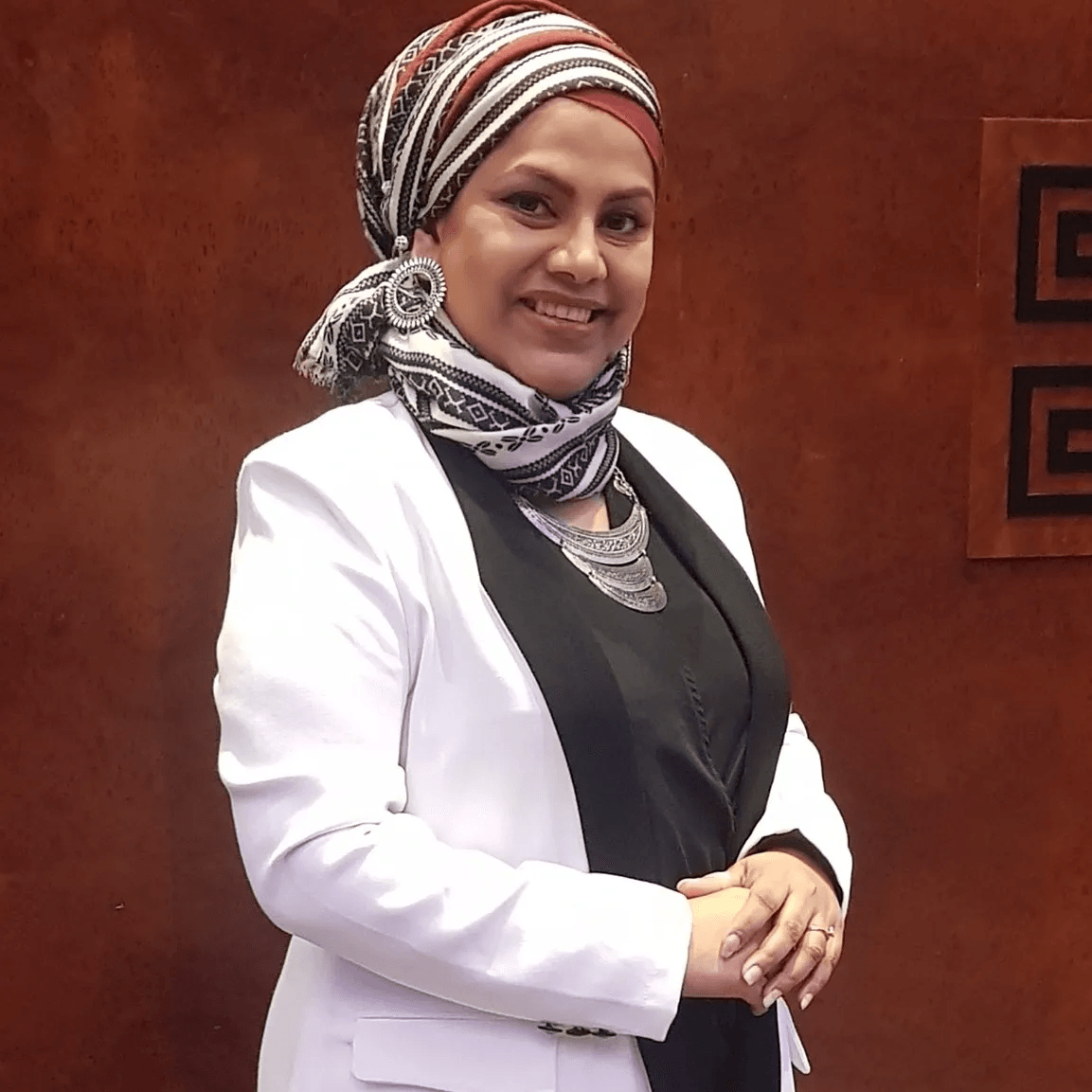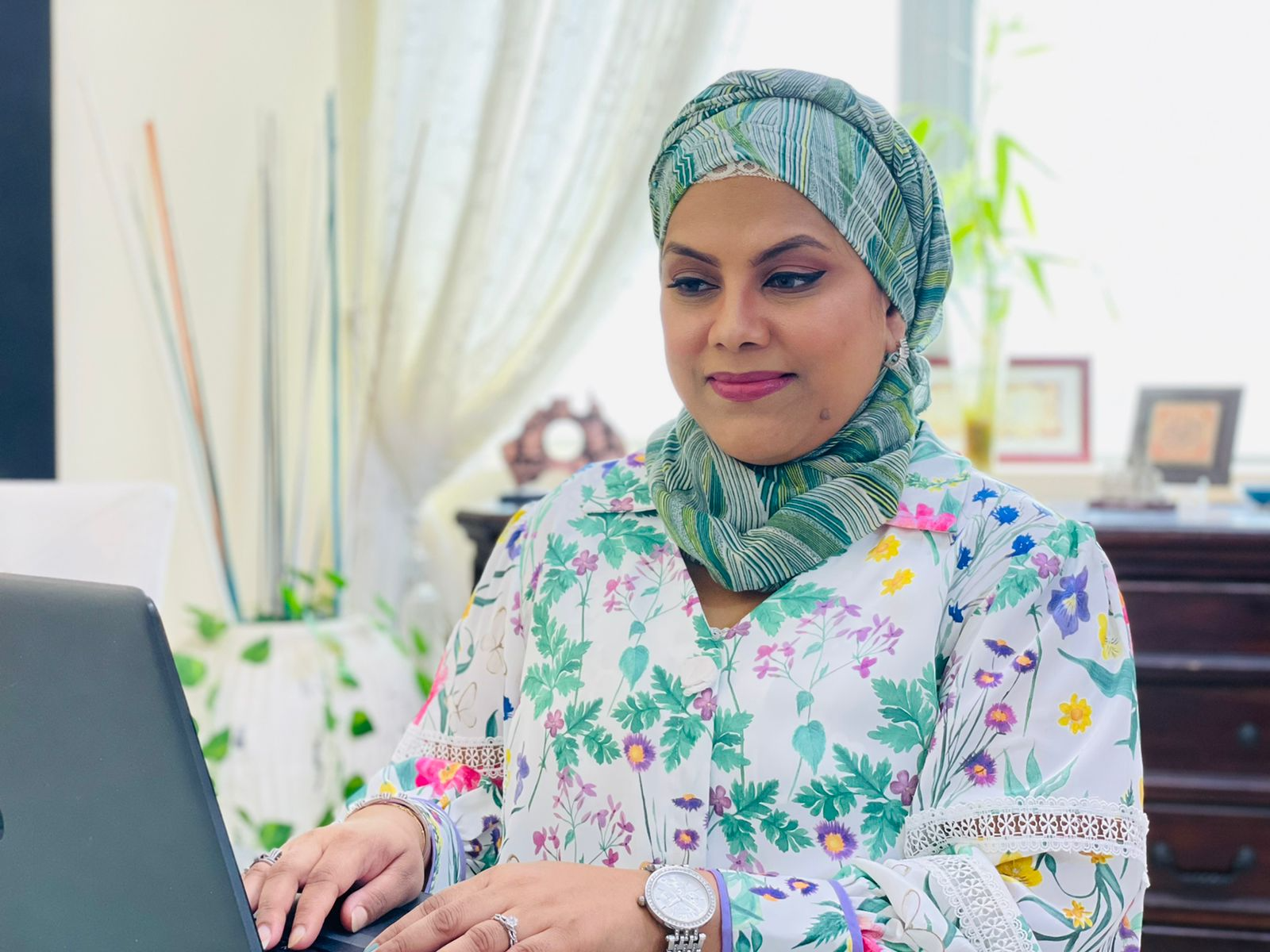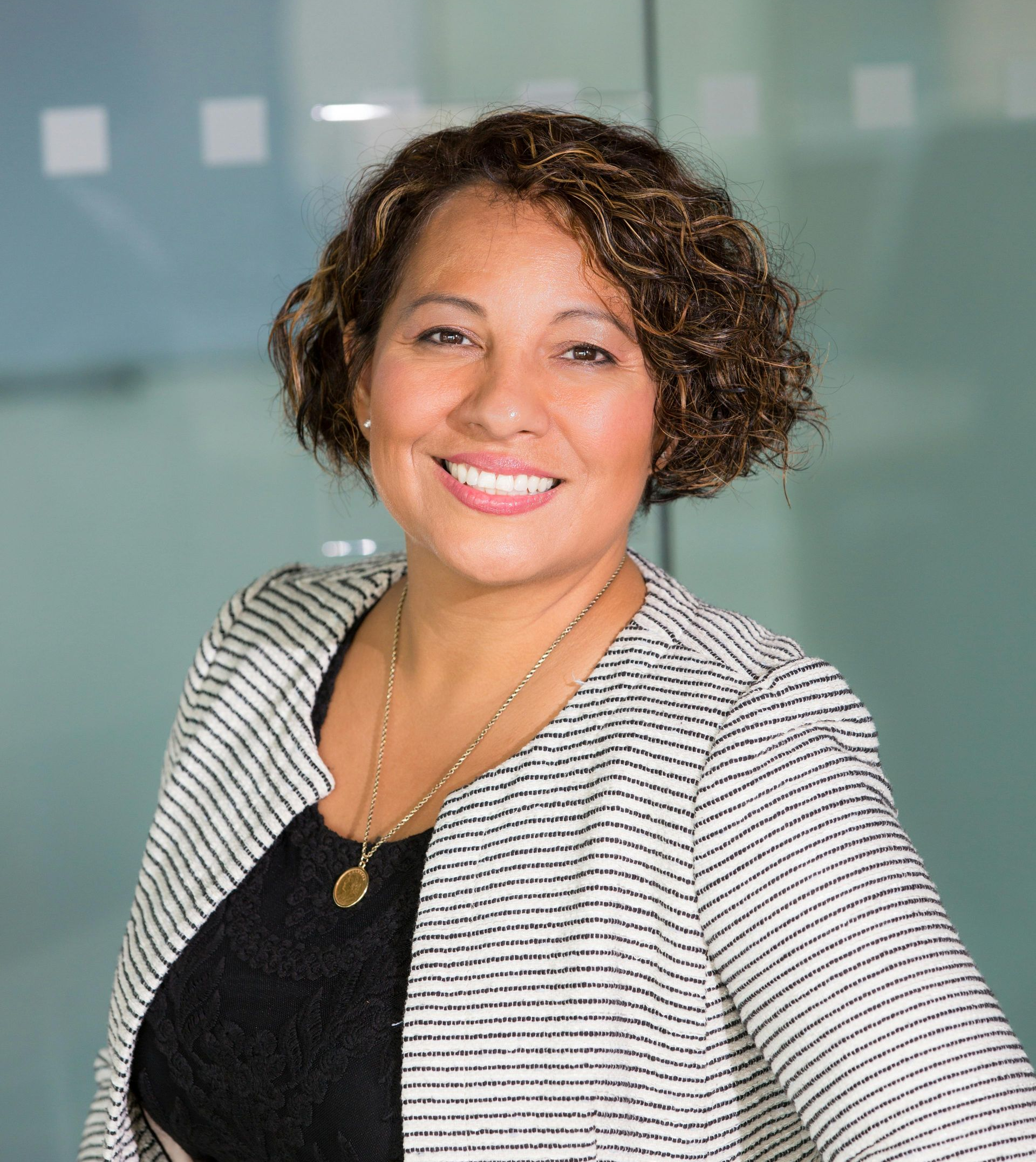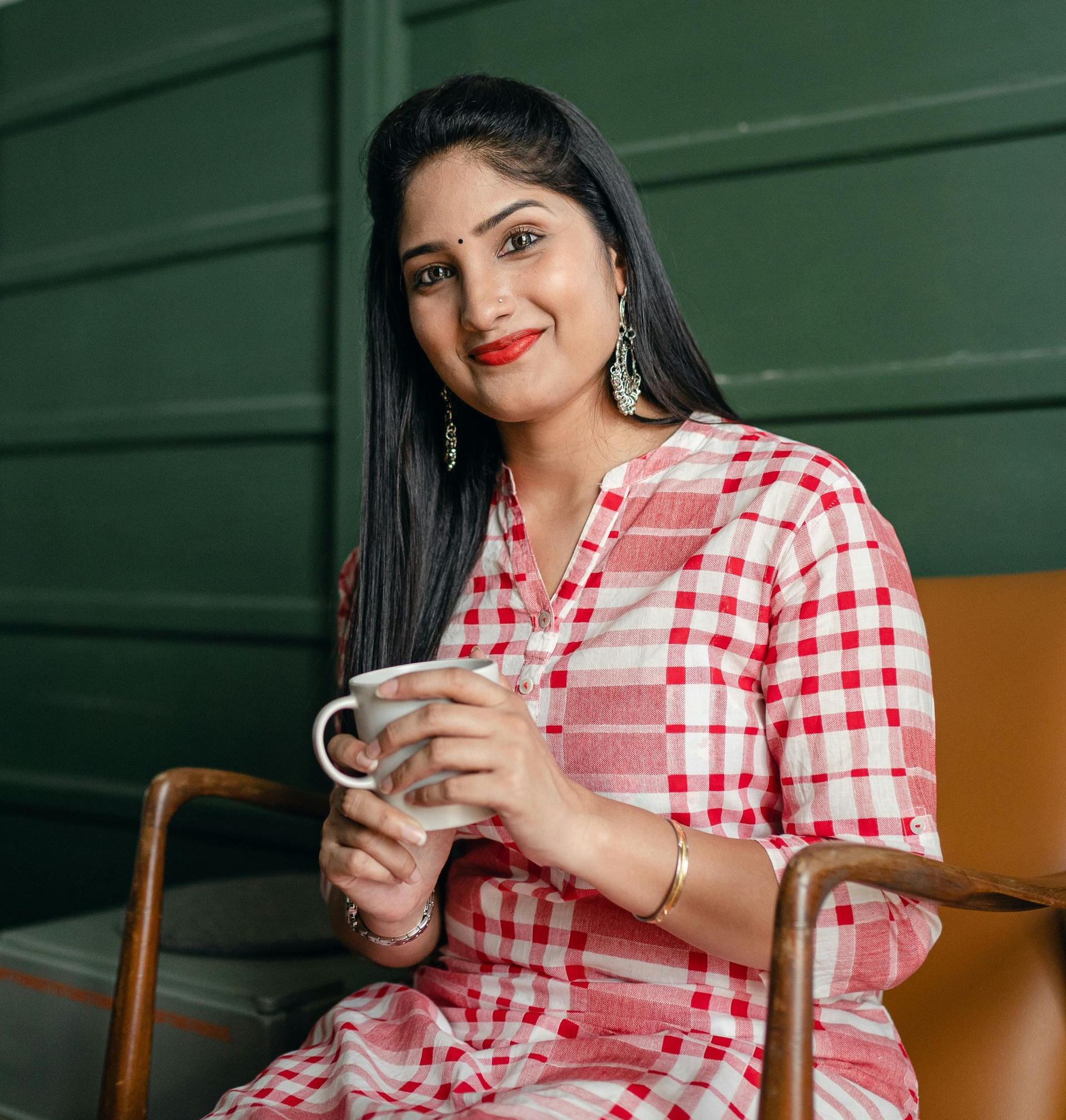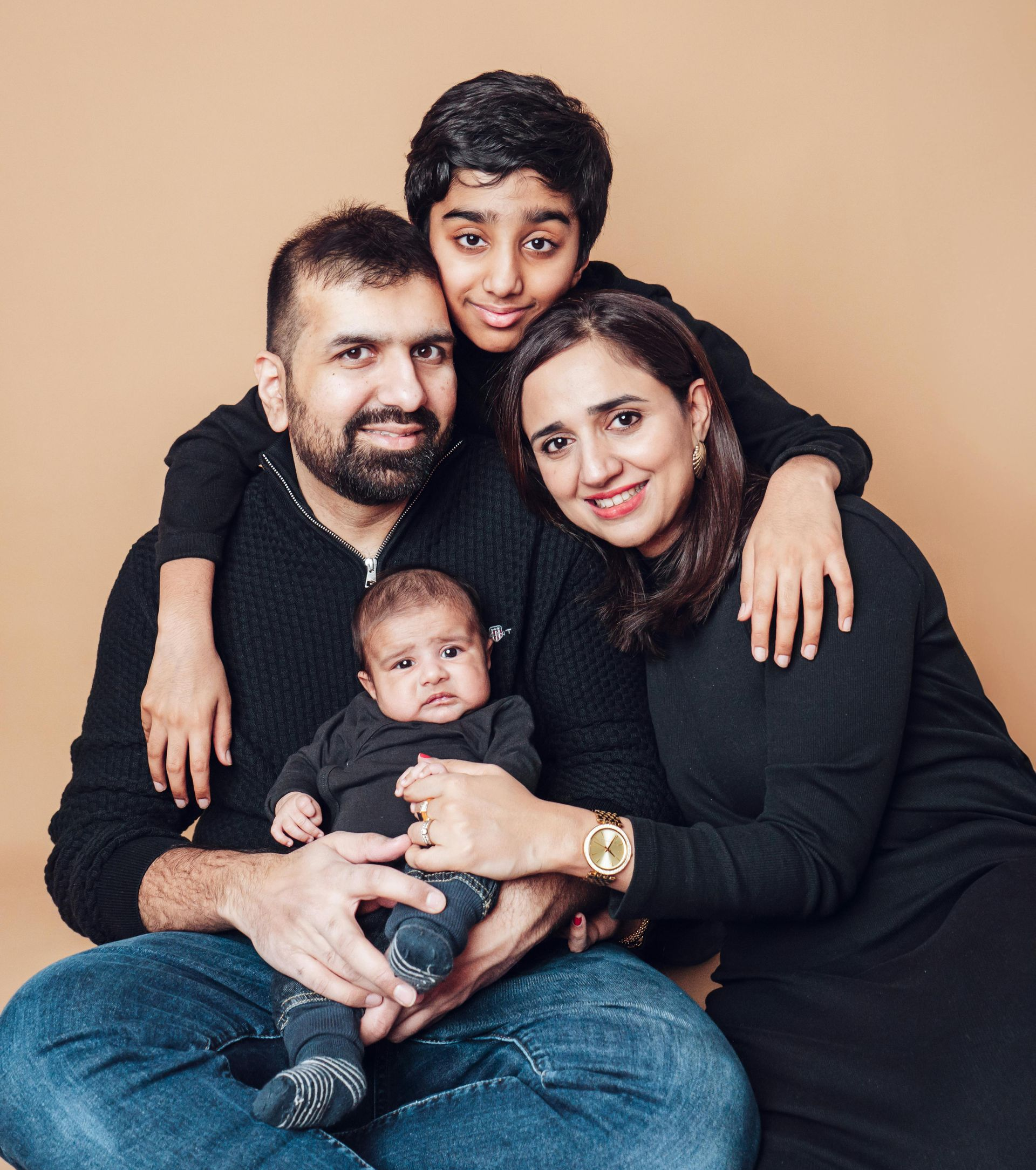Healthy and unhealthy food sorting activity
Healthy and unhealthy food Sorting Activity
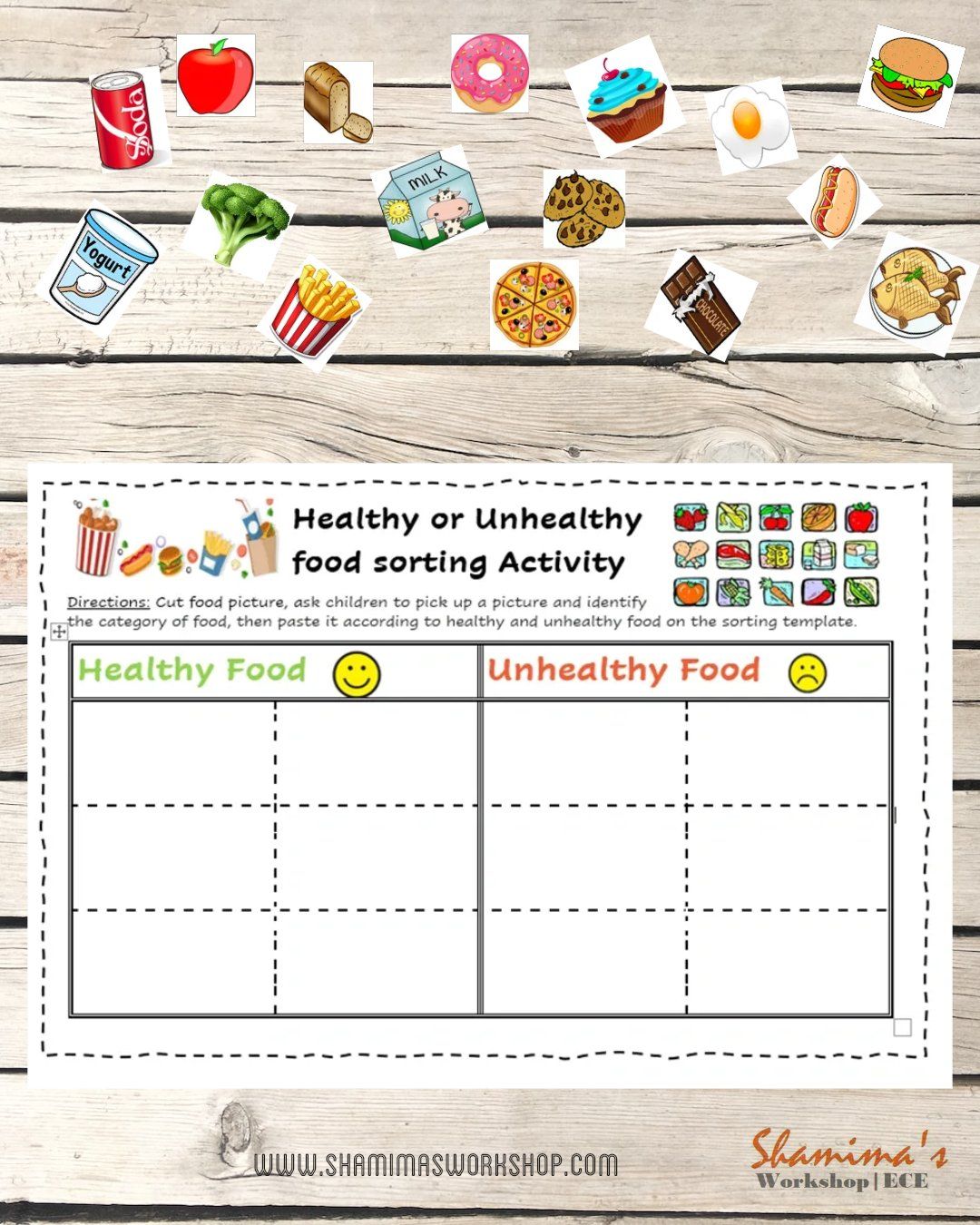
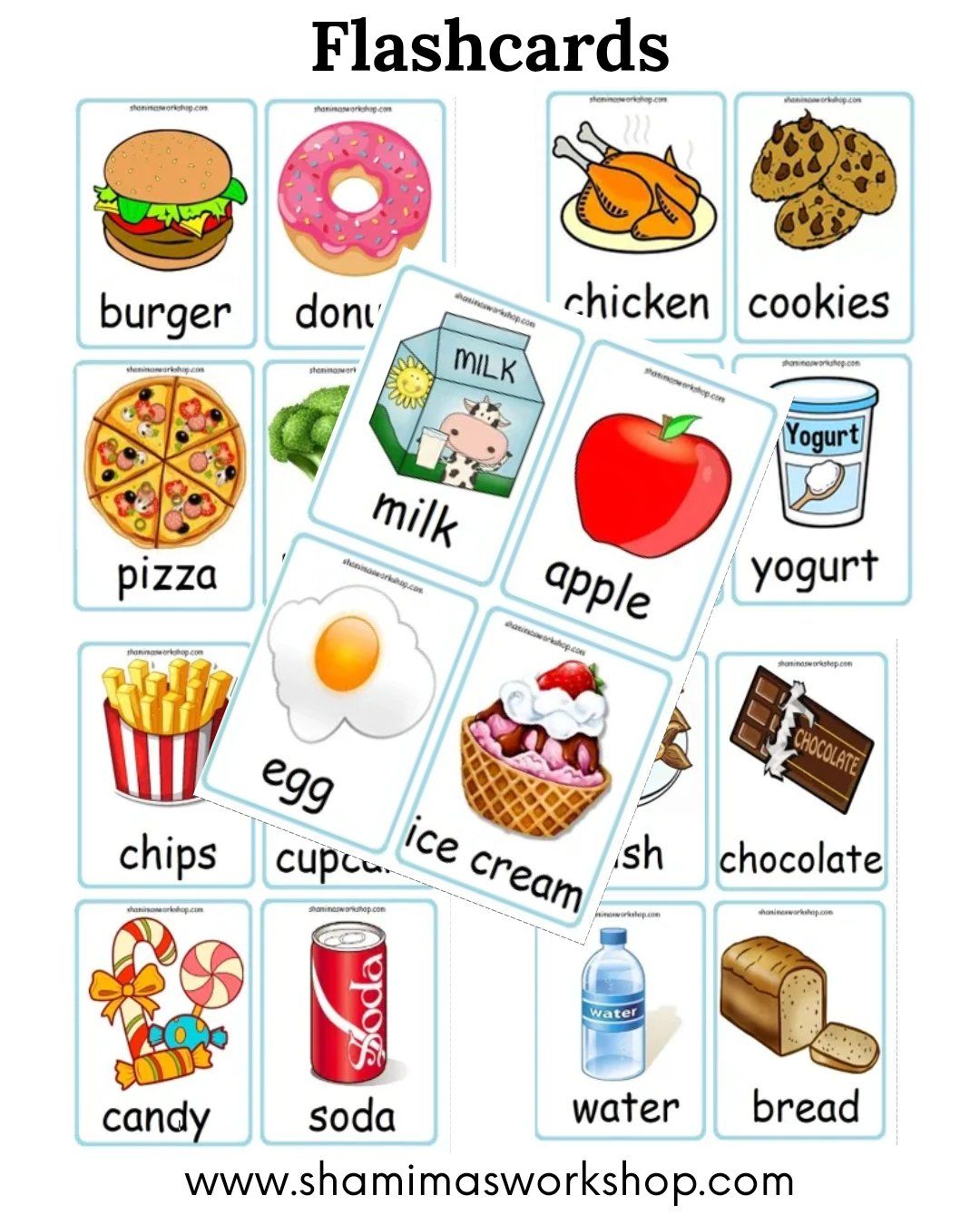
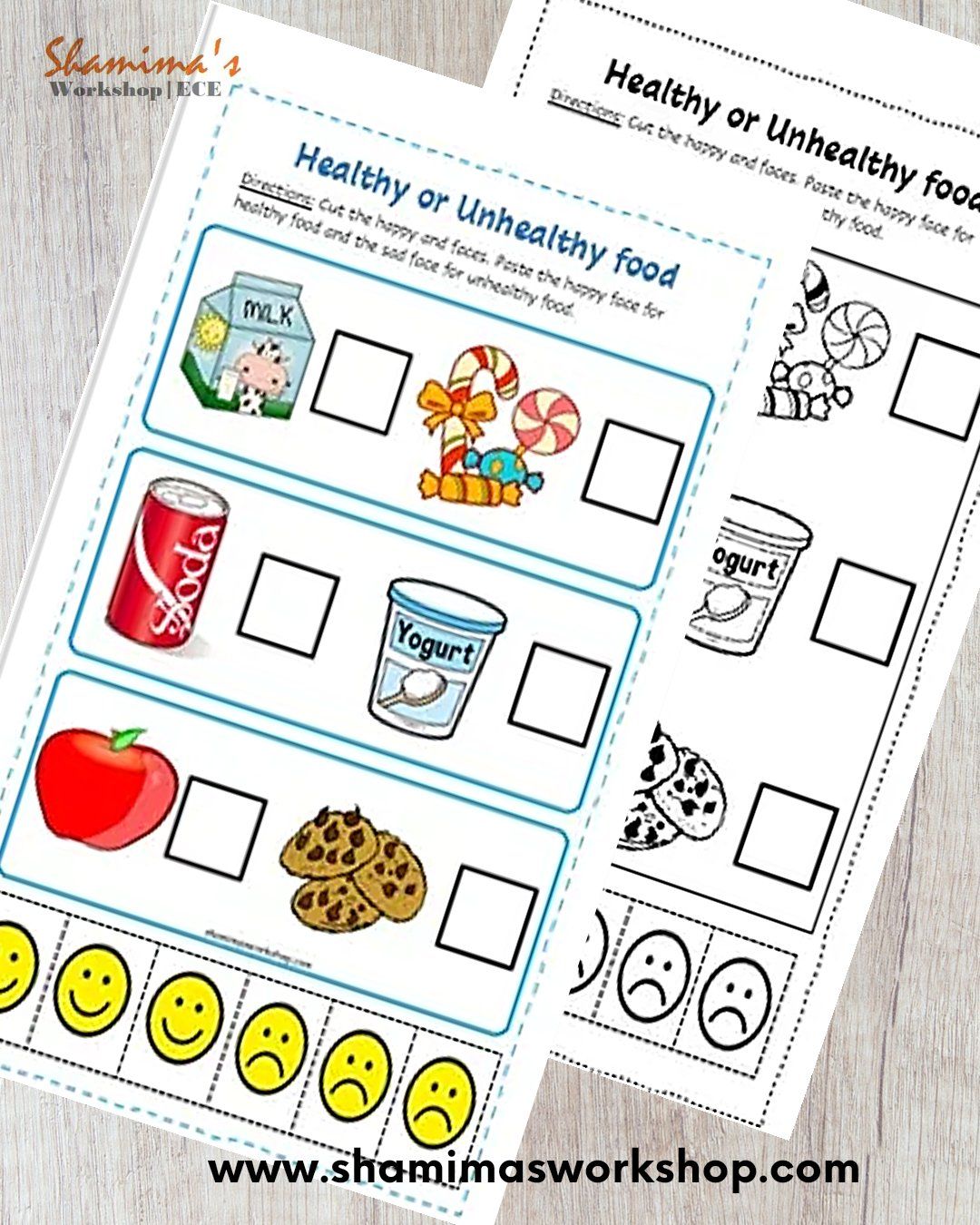
How can I get the food sorting activity?
Download our free heathy and unhealthy food sorting worksheet (the link is below)
Successfully downloaded? Great! Print it out!
This food sorting activity not only teaches children how to distinguish healthy and unhealthy food but also gives them a chance to practice their fine motor skills when using scissors to cut out the small food pictures or develop their hand-eye coordination through simply using their little fingers to glue the pictures in the columns.
This worksheet can be useful if you’re teaching your child the names of the food or even colors and shapes. There are so many ways to use this healthy and unhealthy food sorting worksheet. So, go ahead, and do it! Your free download is waiting for YOU!
Grab Your Download
Ready to work on! Grab your copy of Healthy and Unhealthy Sorting Activity by clicking "DOWNLOAD" below!
YOU MIGHT ALSO LIKE
Welcome

Hi, i am Shamima Fowzee, an early years educator, trainer and consultant. I Share ideas, inspiration, & resources for play-based, inquiry-led learning. Find out more about me here.
SHOP NOW
RECENT POST

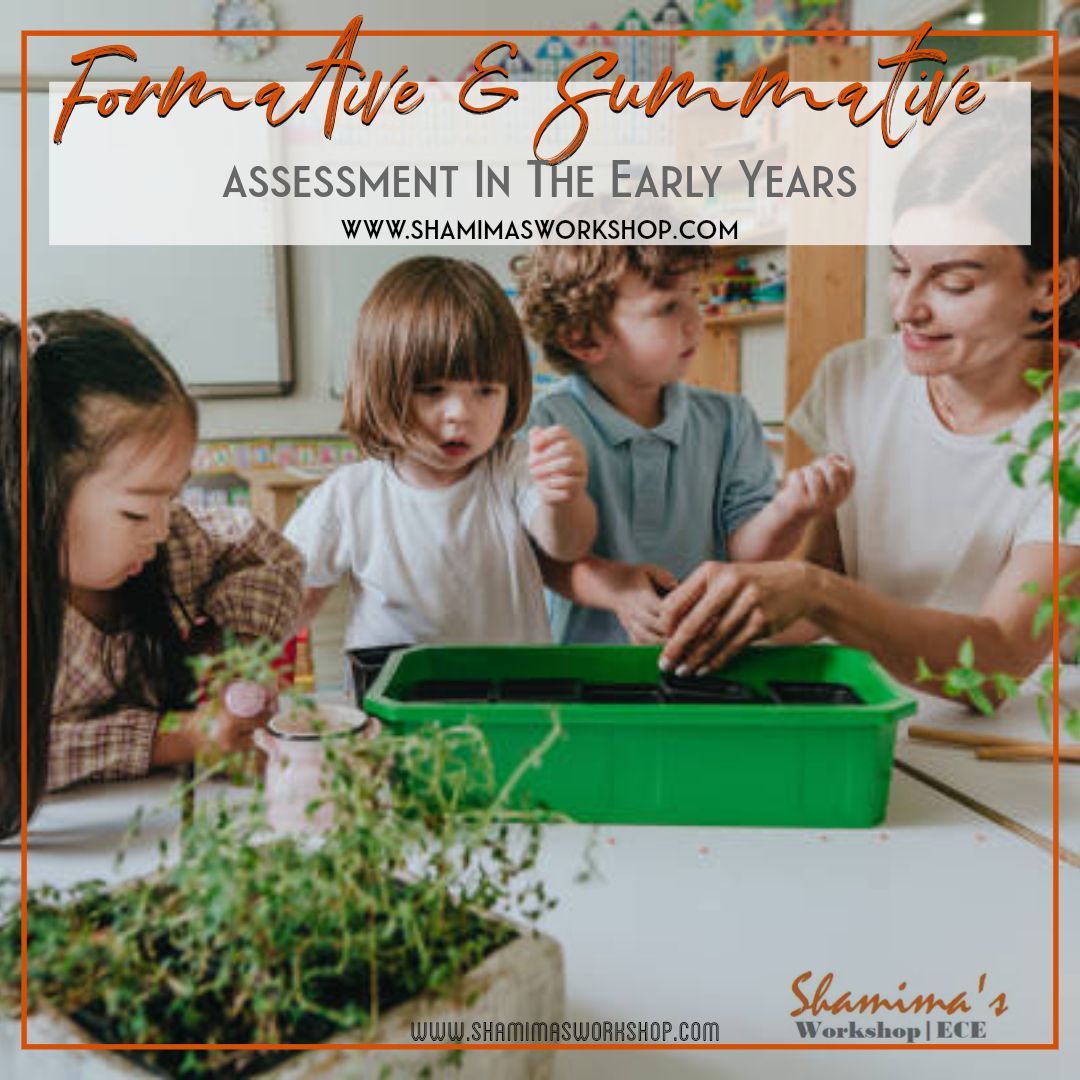
How can I thank you? Spread the word!
For everyone who is passionate about the importance of Early Years.

